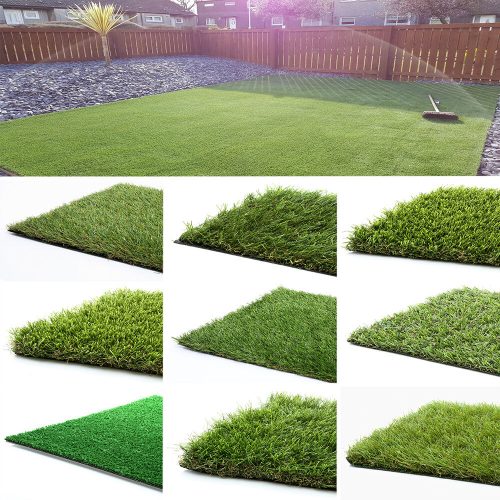Good looking grass is high-maintenance, and requires routine cutting, clipping, weed-removal, and watering. Every one of these leave an undesirable impact on your nearby natural environment- the good news is, artificial grass provides you with a simple solution. With a small amount of routine maintenance recommended, there’s no longer the need for harmful chemical sprays and fossil-fuel-reliant grass mowers. Synthetic grass continues to appear new for as much as 20 years which means you can sit back and take it easy knowing that the backyard which you trust young children and/or pets to have fun in, will stay contaminant-free.
Limits Heavy Water Usage
For you to maintain regular grass lawns regular watering is very important, certainly throughout Summer months, and this heavy water consumption has unfavourable impacts on our environment. One of the benefits of synthetic grass is that minimal to no watering is needed to keep it looking great. Artificial grass does not dry out or die with the high temperatures like standard grass, hence with specialists like, it is not necessary to waste valuable water on grass.
Conserving resources like water has started to become more vital and ought to contribute to your pick of grass. Artificial grass will only need hosing down if grime or dirt needs to be removed, and most likely a small amount of rainwater can do this task for you!
Helps Offset Global Warming
If reducing your carbon foot print is significant to you then synthetic grass would be the route to take. The lower upkeep that it requires means that very little equipment is required- no mowers, grass cutters, or scarifiers required, which all use fossil fuels. Synthetic turf remains clipped and weedless from the minute it’s put in, and that means you don’t have to rely on any kind of damaging lawn mowers or trimmers.
Not using all these pieces of equipment will decrease your petroleum and diesel fuel usage, and for that reason lower greenhouse gas emissions.
No Need For Harsh Chemicals
Grass demands the use of fertilisers, pesticides, and other harsh chemicals to kill weeds and to keep your grass looking fresh. In addition to being made from materials such as fossil fuels (further increasing greenhouse gas emissions), you can run the risk of your grass becoming toxic. This creates a dangerous environment, especially for pets and children. Go here for extra info www.artificialgrasscambridge.co.uk
Helps To Protect Nearby Aquatic Life
An additional harmful effect of applying harsh chemical products on grass is dangerous contaminated run-off that happens when it rains. The rainwater carries the harmful chemicals that are upon the grass across surface areas and will often wind up in local aquatic systems, like ponds and streams, in some instances killing the marine life. Severe amounts of poisonous chemical substances running into marine habitats also can cause algal blooms, which drastically reduces the o2 levels within the water. The fish can then get sick and/or die-off, causing a population decline, and decreasing local biodiversity.
Often these agal blooms could also become damaging to people given that they generate bacteria growth and elevated contaminant concentrations in water. This can easily cause individuals to become ill when they encounter the polluted water, through either having some the contaminated water or ingesting tainted fish.
Synthetic turf has no demand for any harmful chemical contaminants and offers a solution to the damaging effects of looking after regular grass.

